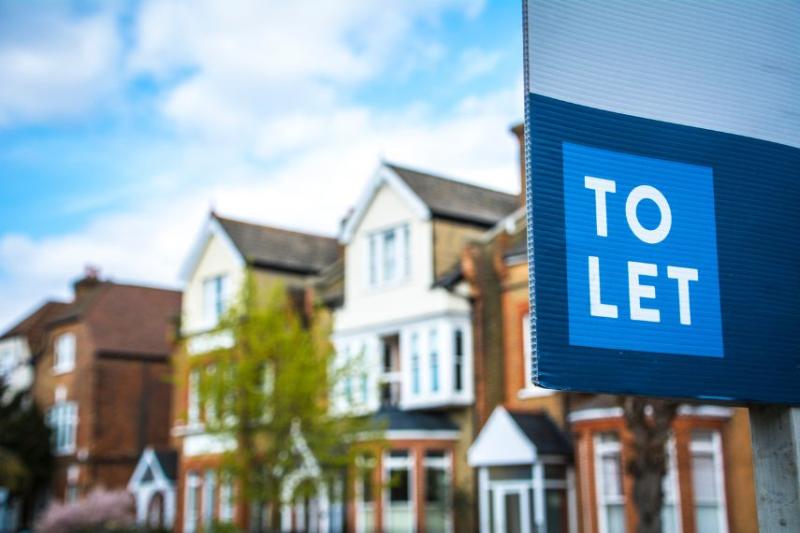
‘Wear and tear’ is a common term when it comes to property insurance, especially for landlords. It means the natural and gradual damage or deterioration of a property that happens over time.
Most insurers won’t typically cover damage that’s been caused by wear and tear, whether you have buildings, contents or combined insurance.
We discuss what it means and how it can affect your landlord insurance.
What is wear and tear in landlord insurance?
There are two types of wear and tear.
- Natural deterioration: this is any minor damage or gradual deterioration that happens naturally to a building over time. For example, this might be faded paint.
- Normal use: this covers damage that just comes from everyday use by tenants and isn’t caused by negligence (carelessness) or deliberate actions, such as minor scuffs on walls.
Landlord insurance generally doesn’t cover wear and tear, as it’s expected in any rental property.
What’s the difference between wear and tear and accidental damage?
Wear and tear is damage that happens gradually over time. Accidental damage means just that – any accidental or sudden damage.
This could be something like a broken window from a football being kicked into it, or stained carpets from a spilled drink.
Check your policy book to see if accidental damage is covered by your landlord insurance. Some insurers offer it as an optional extra you can add onto your policy.
Why isn’t wear and tear covered in landlord insurance?
Insurance is designed to cover unforeseen accidents, like fires or floods.
All homes and properties will go through wear and tear, especially if you have multiple tenants living there, so it’s seen as inevitable.
Insurers expect landlords to budget for regular maintenance and repairs to their property to keep it in good shape all year round. Check out our guide on landlord responsibilities to find out more.
Your landlord insurance is there to protect you from incidents that you weren’t expecting or happened suddenly.
Examples of wear and tear vs. damage in insurance terms
Here are some examples of what counts as fair wear and tear and what counts as damage, that we would typically cover.
Wear and tear examples
- Faded paint or wallpaper
- Failing sealant and grout
- Minor scratches on floors or scuffed walls
- Mechanical breakdown of appliances
- A leaking roof due to a lack of maintenance
Damage examples
- Fire or smoke damage
- Storm damage
- Water damage from a burst pipe
There are some policy limits and exclusions, so always check your policy book to see what your level of cover includes.
Managing wear and tear as a landlord
As a landlord, it’s your responsibility to keep your property in good condition year-round and to keep an eye on things like wear and tear.
Here are a few things you can do:
- Do regular inspections: this can help you identify wear and tear and stop small issues from turning into significant repairs.
- Have a maintenance budget: set aside a budget for minor repairs and replacements to keep the property in good shape.
- Be clear on your tenancy agreements: define the tenant’s responsibilities for minor repairs in the tenancy agreement to reduce any arguments over what’s wear and tear versus damage.
It’s also important you fully understand your landlord insurance policy, including any exclusions.


